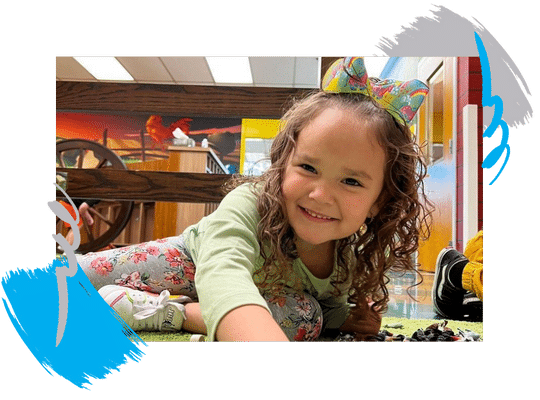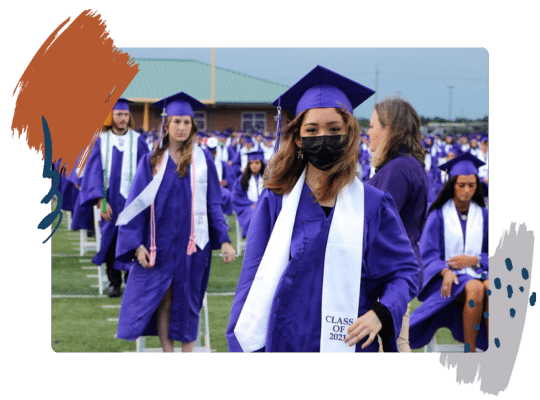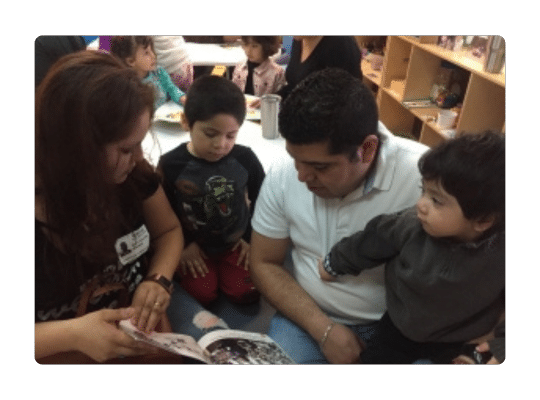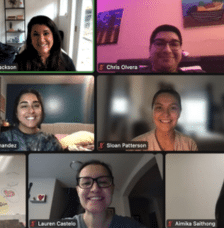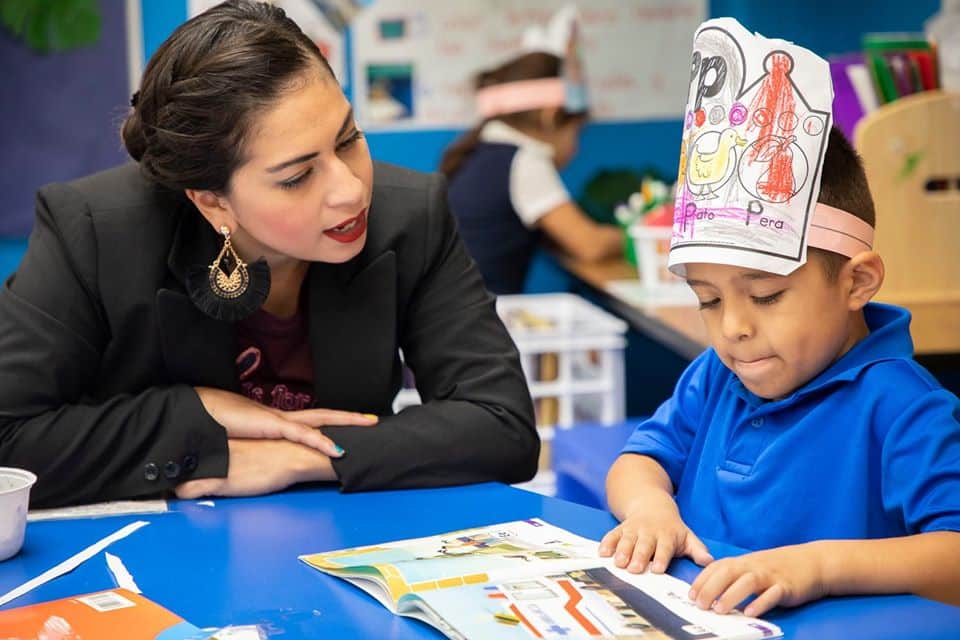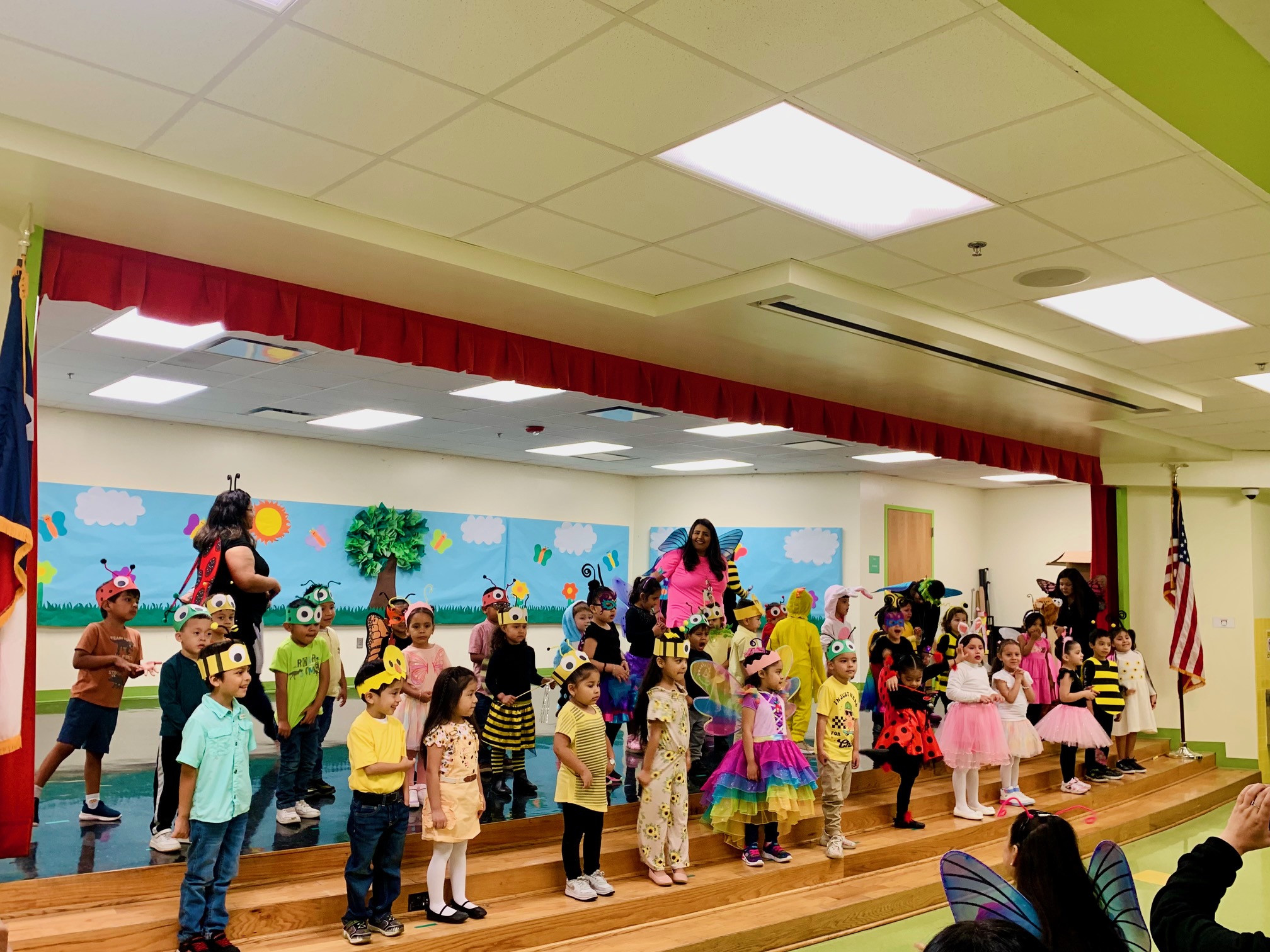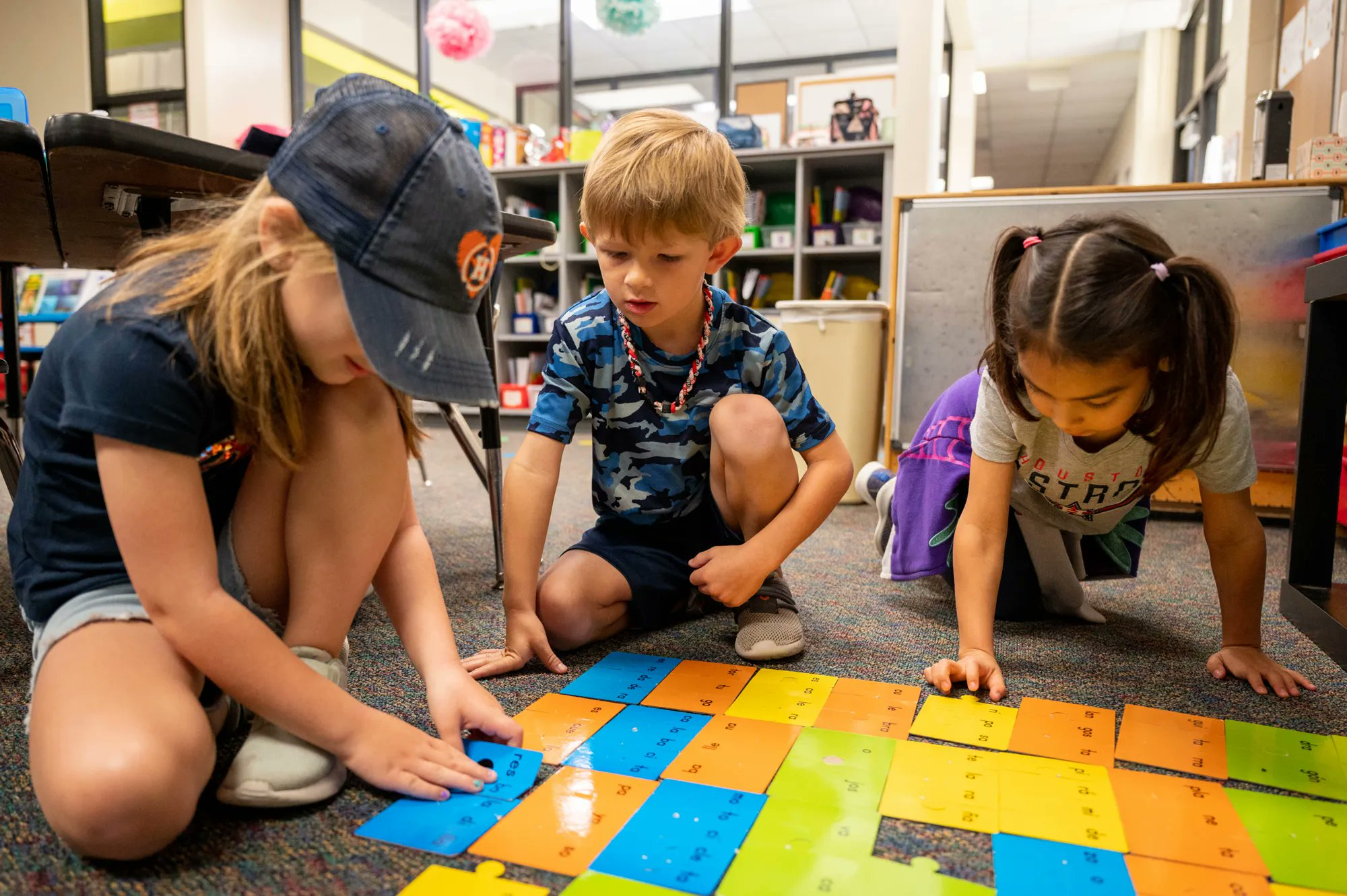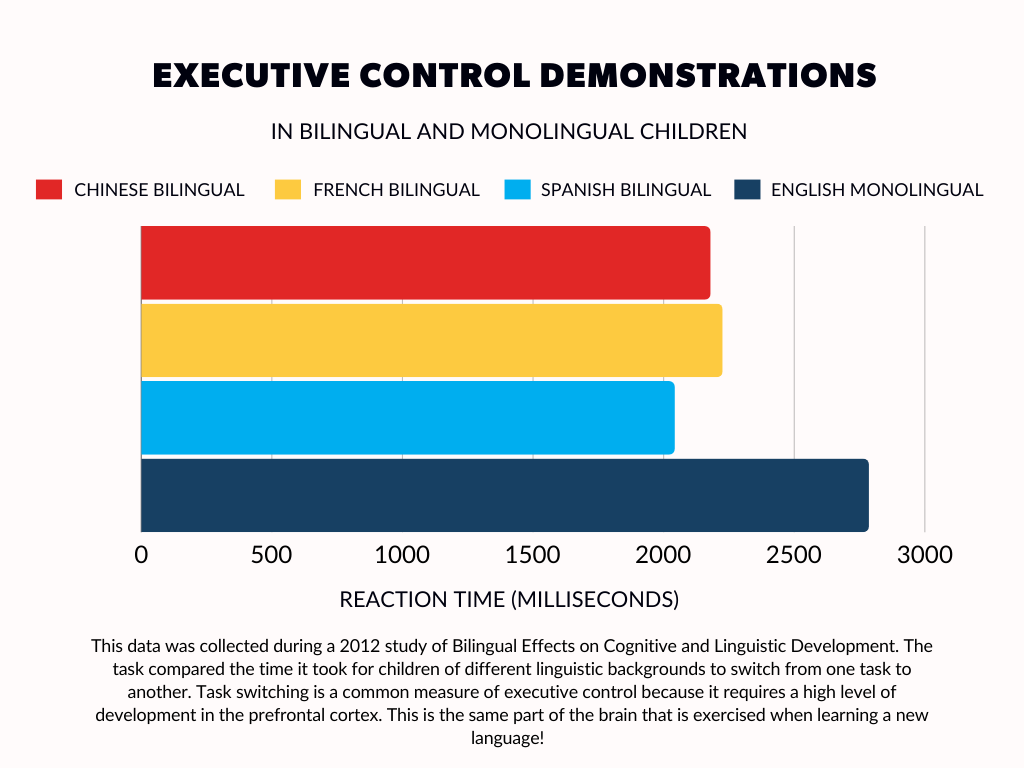Blog by: Laura Hermes, Intern, UT Austin
What is a Dual Language Program?
Dual Language Immersion programs, commonly referred to by the acronym DLIs, are a way for students to be immersed in two languages simultaneously during their early education. DLIs are most commonly offered in English combined with Spanish, French, Mandarin, or American Sign Language (ASL). Lessons are taught in both languages, allowing students to gain proficiency in a second language while they learn. A DLI classroom setting not only helps English-speaking students learn a second language but also helps students who speak English as a second language (ESL learners) to gain proficiency in an inclusive and welcoming environment. This method is referred to as a two-way benefit system.
Since all the students in a DLI classroom are learning something new, the class provides an opportunity for them to break down language barriers and help each other succeed. DLIs are a fantastic opportunity for students because the ability to take in new languages diminishes over time. With DLIs, students get started early and gain proficiency in the language quickly and more effectively than if they were to start learning later in life.
How do Dual Language Programs Benefit Grade Schoolers?
Dual Language Program Benefits
- Greater Emotional Control: Studies have shown that young children with proficiency in more than one language typically show greater emotional control than those who only speak one language. This is because learning a language uses the prefrontal cortex. This is the same part of the brain that is responsible for emotional control!
- Longer Attention Spans: Multilingual children often demonstrate longer attention spans.
- Better Regulation Skills: Finally, students exhibit better regulation skills than their monolingual classmates. Students will often have stronger relationships with their educators as well. Better relationships contribute to higher levels of academic success.
How did Dual Language Programs Start?
- 1973: Texas abolished the previous English-only teaching mandate of 1918.
- 1973: Texas adopted Dual Language Programs that require students to take foreign language classes.
- 2001: The first DLI bill was passed in Texas encouraging school districts to offer DLI programs with the goal of biliteracy.
- 2007: DLI programs were further developed into the two-way benefit system we see today.
Research on Dual Language Programs
Research on dual language programs has focused on the positive impact of learning a second language on children’s brain development. A study was performed on a group of 6-year-olds, separated into four groups: English monolinguals, Chinese-English bilinguals, French-English bilinguals, and Spanish-English bilinguals. The groups were compared on an executive control task to gather data on how bilingualism impacts child development.
Executive control is a person’s ability to focus, filter information, and control their behavior. The task in this executive control study was to switch from performing one activity to another. “Task switching” can be challenging for children because it requires a high level of executive control. The study found that bilingual children consistently outperformed their monolingual peers when task switching. Since executive control and language learning both exercise the prefrontal cortex, these findings indicate that second language learners will show higher levels of brain development than their peers.
Dual Language Program Statistics
Advantages of Texas Students in Dual Language Programs
To this day, Texas is a leader in DLI program implementation and development. Since their introduction, the benefits of DLI programs have been observed in students’ executive functioning skills, inhibitory control, and overall academic performance. The opportunity to be exposed to a second language early in life optimizes the development of the prefrontal cortex and allows bilingual students to gain those skills faster than monolinguals. If you have a student who is about to start their education journey, take the time to look into DLI programs offered in your public school district, and set them up for success.


